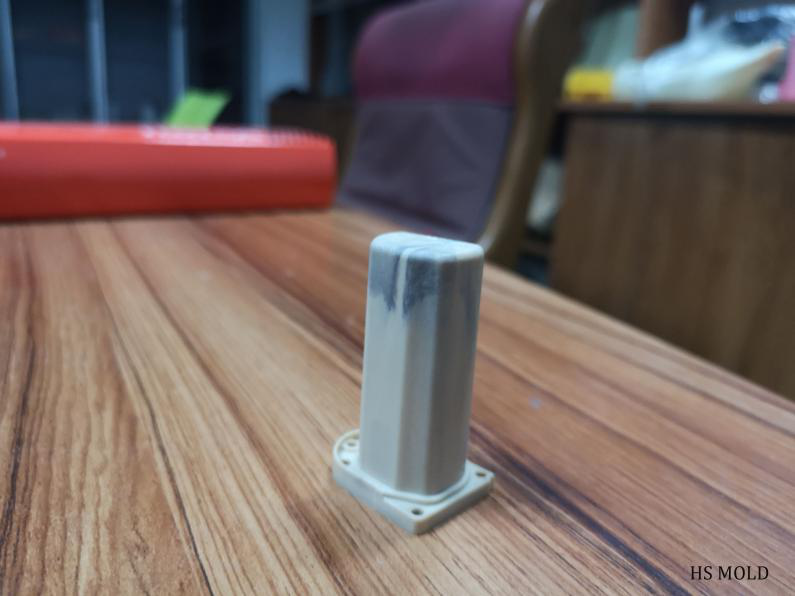The color of plastic injection molded parts might be a huge issue if not controlled properly because it can make a big difference in the success of your product . For cosmetic or consumer products, colors and appearances directly affect aesthetic property of the whole product,which therefore can highlight your products from those next to it on the shelf.

Uneven color (mixed color)
As a result,for a mold maker, it’s as important to be aware of some of the common problems involved with color variation or mixed color issues in plastics and how to avoid them. Generally, aesthetic flaws can be attributed to three different causes: raw material,machine and molding process.
Material
1.Poor thermal stability of colorant;
2.The dispersion effect of colorant is not ideal;
- Too much pigment, eg, a bag of 25KG plastic contains over 300g of pigment.
- Adding fiber glass and there is floating fiber on the product surface, resulting in color difference.
- There are many impurities in raw materials
(2) Molding process
- The temperature of the machine barrel is too high,which improves material mixing.
B Poor plasticizing property, that is, the plastic can not completely and uniformly melted;
C, the residence time of the plastic in the material cylinder is too long;
- The injection and pressure holding time is too long and the back pressure is high, which promote more thorough mixing.
E.Screw speed is fast
For color processing, a slower screw speed is usually better to avoid shearing and burning the colorant and to ensure proper color distribution, cycle time permitting.
Machine
Screws. In most cases, common screw will work well with colorants, depending on the letdown ratio and base resin used. Although it’s usually not necessary, a growing number of injection molders are using mixing screws to aid in color distribution. Processes with high throughput, short cycle times, and large shot sizes or those that use difficult-to-color resins will often benefit from this type of screw.
Screw and barrel wear.
A worn screw or barrel-regardless of the design-will inhibit mixing, causing a loss in plasticating quality and therefore color distribution.
Barrel capacity.
As a general rule, using more than 60 percent of the barrel capacity with a GP screw is considered to be pushing the processing envelope for good color
If the above analysis does not help you or you have a better suggestion, we are open to any discussions at market@hsmolds.com



 Español
Español